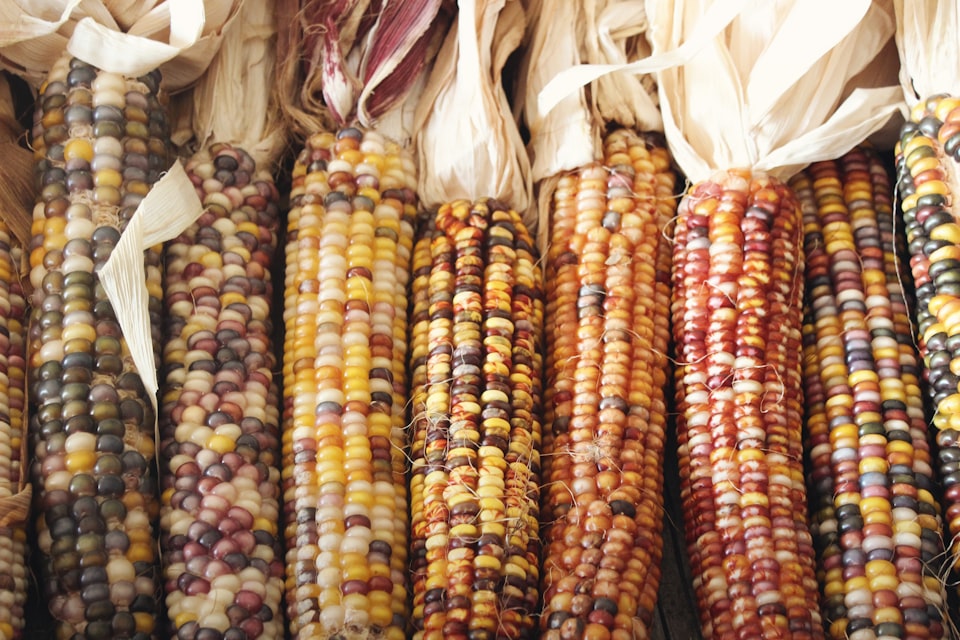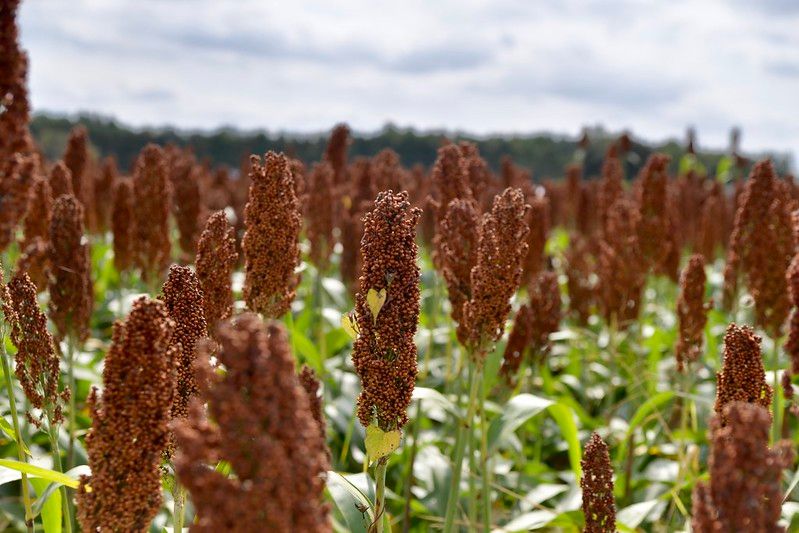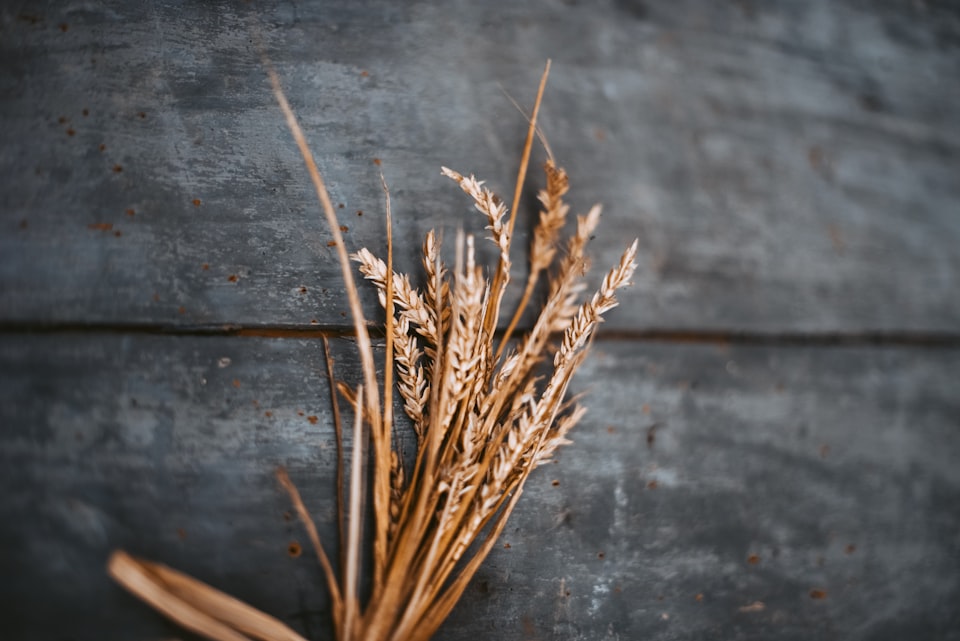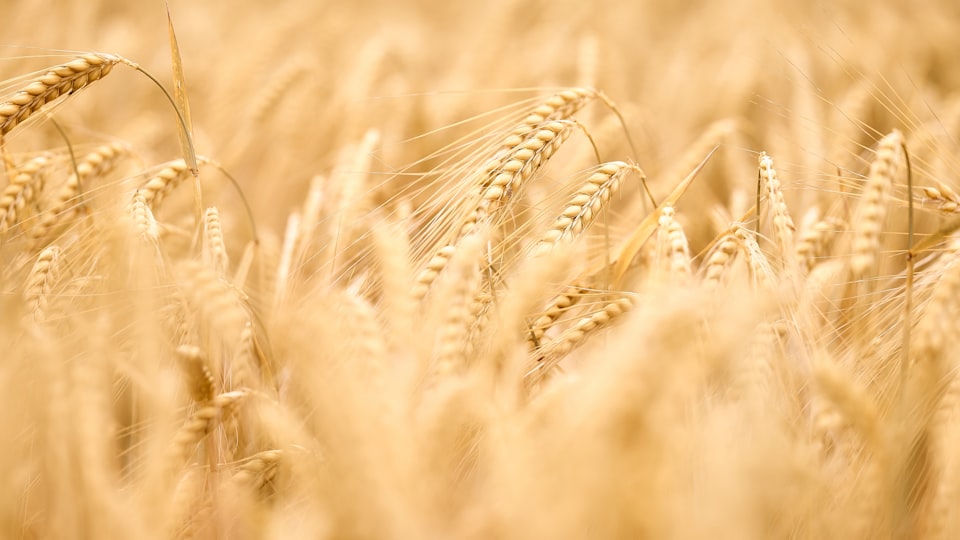II: Sainfoin
Searching for Kyrgyzstan's white gold.
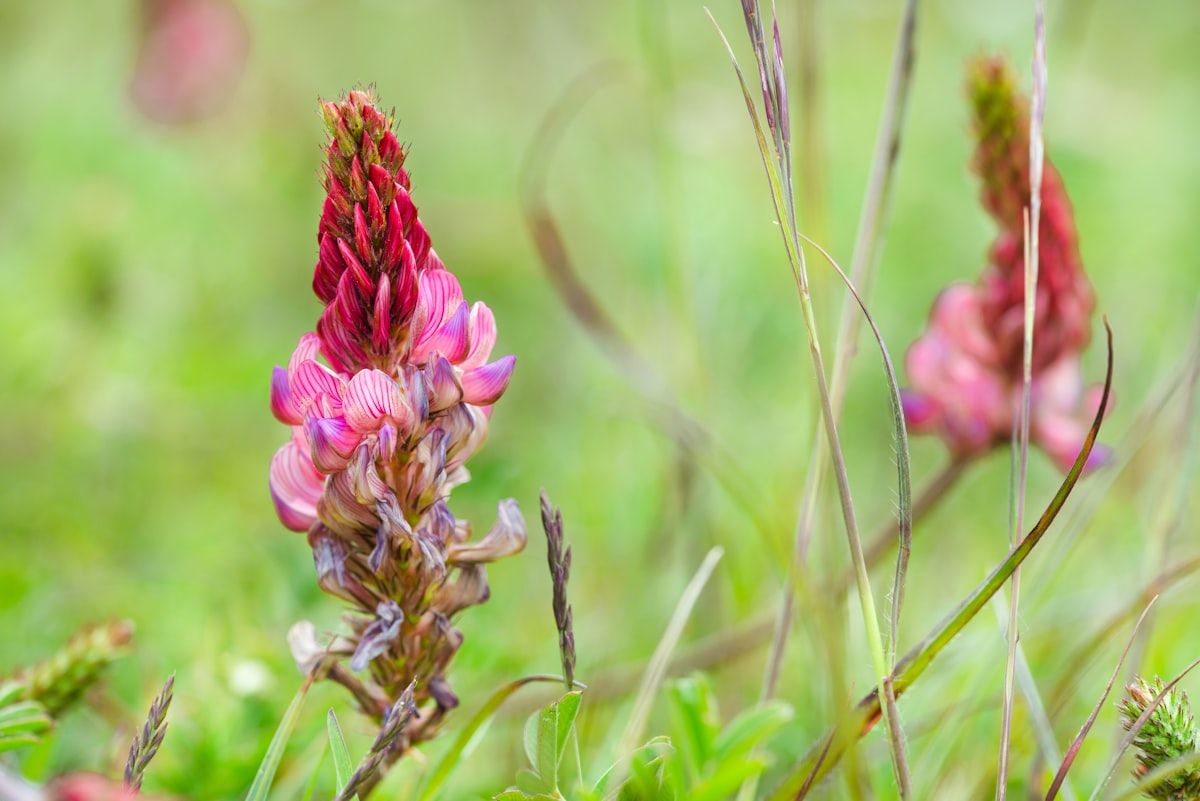
Good morning. Today is duodi, the 12th of Floréal, Year CCXXXI. We celebrate le sainfoin, a good food for livestock.
Switzerland is a fascinating nation in Europe, in that it sits at a perfect crossroads between several major cultures and contains pieces of all of them, but due to its extreme terrain, remains steadfastly its own place, somehow apart from the affairs of its neighbors and their constant conflicts.
Asia has a similar nation. Kyrgyzstan sits at the confluence of several Silk Road trading routes, and is a melting pot of people from the Caucasian, Mongolian, Chinese, and Indian regions. It's also more than 90 percent mountainous terrain, full of vast glacial meadows that are only accessible by dirt road or helicopter, and home to extreme temperatures throughout its many regions – as high as 120 Fahrenheit and as low as negative 30 Fahrenheit – while being packed into a space about the size of Greece.
It's also home to the best honey in the world.
